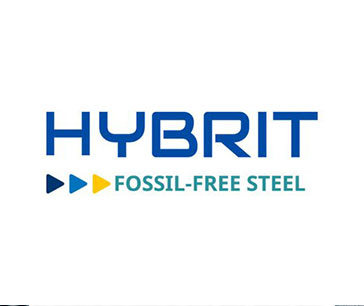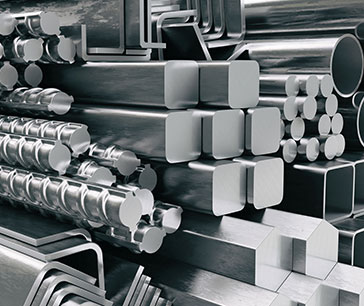Table Of Contents

Sonia Mutreja

Koyel Ghosh
How Green Steel Can Help Your Business to Achieve Net-Zero Carbon Emissions?

Highlights:
- Why has green steel gained so much attention?
- Role of green steel in reducing environmental pollution
- Latest trends and developments in green steel manufacturing
Since the Rio Summit of 1992, awareness regarding the issue of climate change has increased. Countries across the world have declared their net-zero carbon emission targets and are continuously introducing policies and legislation to achieve these targets. The steel manufacturing industry has witnessed a major overhaul as it has traditionally been one of the most polluting sectors. In order to reduce the overall carbon footprint of the steel manufacturing sector, efforts are being made to produce steel in an environmentally sustainable manner. Green steel is an outcome of this trend.
How does green steel help in reducing environmental pollution?
International Energy Agency (IEA) has highlighted the fact that adoption of green steel in different end-use industries is a must for achieving the Paris Climate Agreement target of 1.5-degrees. Green steel can be defined as steel manufactured without the use of fossil fuels. Almost 75% of the total global steel is manufactured using coal, leading to a massive surge in carbon emissions. Green steel aims to substitute the use of coal and other fossil fuels with manufacturing techniques that minimize carbon emissions. Hence, green steel is also called sustainable steel or low-carbon steel. Usually, hydrogen and electricity are used for production of green steel.

Different studies have pointed out that traditional steel manufacturing processes contribute to around 7-9% of global carbon emissions. However, shifting to green hydrogen might drastically reduce this proportion. Green hydrogen is the hydrogen produced using hydrolysis; thus, furnaces powered by green hydrogen are completely free from carbon emissions. On the other hand, many industries have switched to electric arc furnaces which use electricity for steel production, instead of coal. If this electricity is produced using renewable energy sources, then the steel produced can be called green steel. The growing adoption of electric arc furnaces is anticipated to help the electric arc furnace segment to garner an absolute revenue growth of $103020.6 million by 2032.
The first batch of green steel
Hybrit, a leading Swedish venture delivering steel has produced the first batch of green steel without using coal. In 2021, the company initiated the trial for producing green steel, fulfilling the demand for vehicle components from the leading truck maker, Volvo AB. In 2020, Hybrit initiated test operations at its plant for green steel, in Lulea. In this testing procedure, the company replaced coking coal, which was previously used to make ore-based steel making, with renewable electricity and hydrogen. With the use of hydrogen, the organization aims to reach net zero carbon emissions by 2050. Moreover, the company aims to build a fossil fuel-free steel plant, namely, H2 Green Steel, by including a sustainable hydrogen facility.
Latest Developments in the Green Steel Sector
Major steel manufacturing companies, in order to align with the new governmental policies, have started investing in advanced technologies for production of green steel. For instance, Kobe Steel, a leading Japanese steel manufacturer recently announced that it had developed a furnace powered by natural gas that had a much higher efficiency. Kobe Steel has claimed that this furnace reduces the carbon emission rate by around 20% as compared to normal furnaces.

Similarly, EIT InnoEnergy announced the launch of a hydrogen steel plant which completely replaced coal with hydrogen. The company has claimed that the new steel plant was not only eco-friendly but also extremely cost-effective. In another latest development, the molten oxide electrolysis technology which was pioneered by MIT was implemented recently by Boston Metal. The company, in its statement, said that it had achieved success in using electricity to separate oxygen from iron ore, which forms a major step in steel production. Thus, along with governments in various countries, private sector entities, too, are playing their part and helping in decarbonization of the steel manufacturing industry.
In summary, the global steel manufacturing industry is expected to be dominated by green steel in the coming period. With many governments having declared their net-zero emissions and private companies investing in R&D activities, the green steel sector will witness huge expansion in the next few years.

For greater insights on the various opportunities presented by the shift towards green steel, feel free to contact us. We can also help your business comply with industry regulations, policies, and standard operating procedures.

